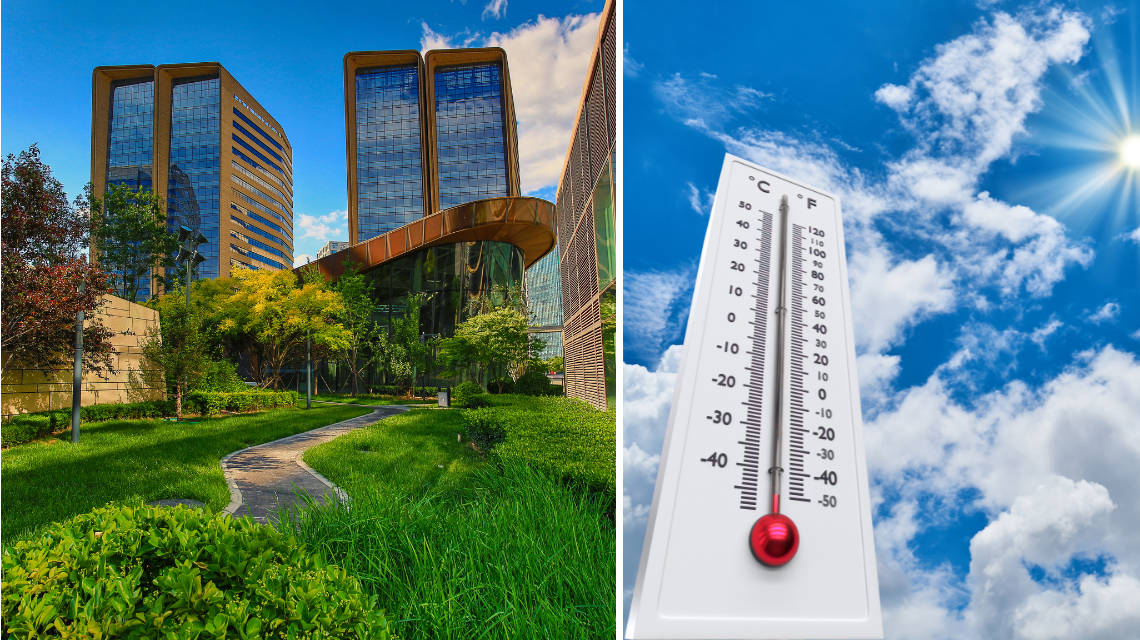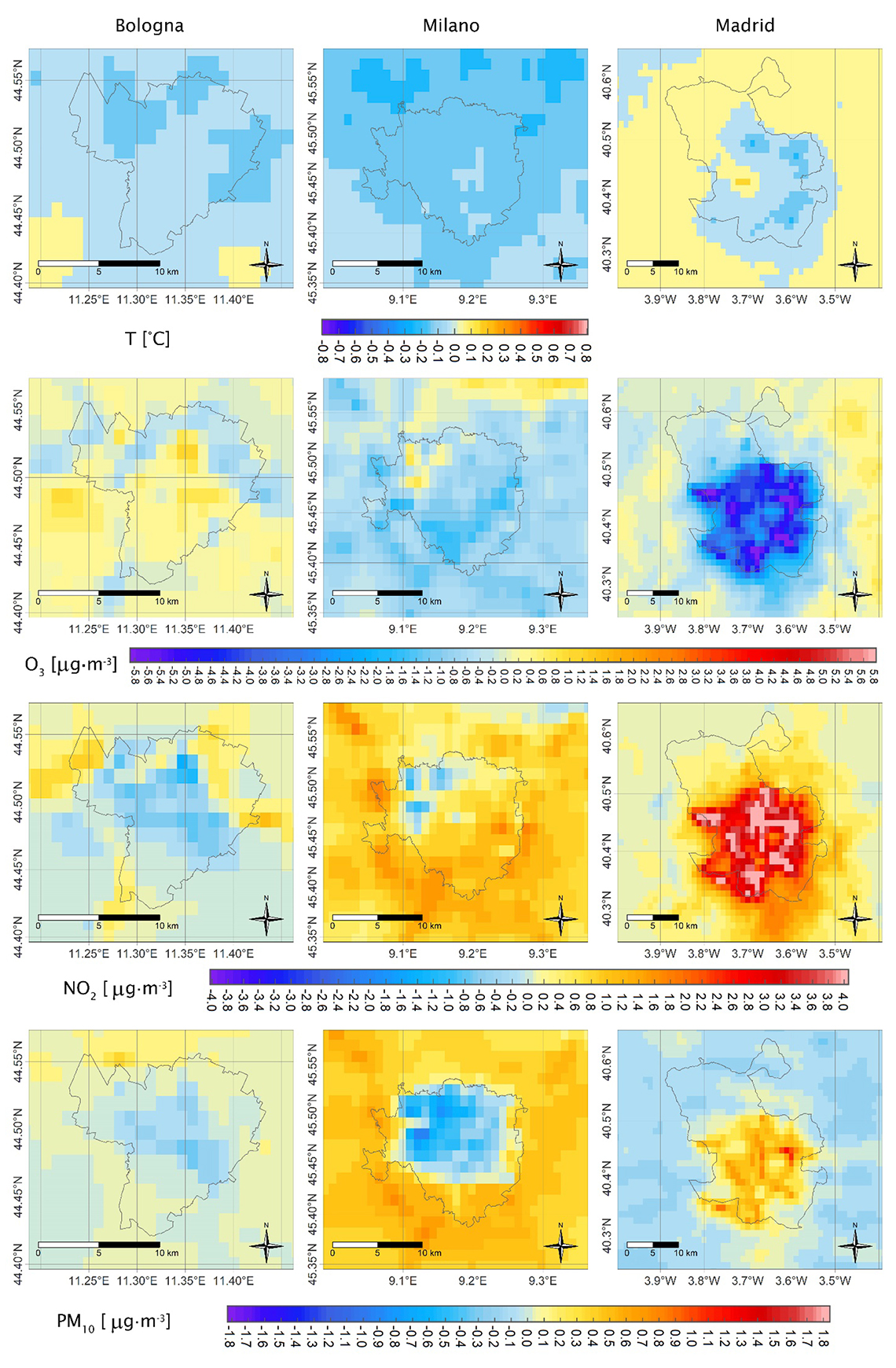Italian National Agency for New Technologies, Energy and Sustainable Economic Development

Environment: Urban green spaces have cooling effects but do not always improve air quality
Urban vegetation lowers air temperature and wind speed but does not always mitigate the air pollution, is shown by two ENEA studies[1] published in the scientific journal "Forests" and conducted as part of the Life VEG-GAP project[2].
“We used air quality modeling systems where we incorporated the present vegetation and urban morphology in a greater detail. Locally, it was observed that estimated pollutants’ withdrawals due tothe urban vegetation does not ensure an improvement in air quality”, explained Mihaela Mircea researcher at the Air Pollution Laboratory and scientific coordinator of the project..
For July, in the three cities examined (Milan, Bologna and Madrid), the researchers found that the vegetationlocally reduced temperatures by up to 0.8 oC in Milan, 0.6 oC in Madrid and 0 .4 oC in Bologna. The concentrations of pollutants, however, varied according to the season and the city examined, as they are the result of very complex interactions among hundreds of gases and chemical compounds affected by meteorological conditions and emissions. In summer, the ozonewhich is particularly affected by the vegetation emissions, showed a reduction in Madrid (up to -7.40 µg/m3) but an increase in Milan (up to +2.67 µg/m3).
Ozone variations have an inverse relationship with another pollutant, nitrogen dioxide: in fact, the latter increased in Madrid (up to +7.17 µg/m3) while decreased in Milan (up to -3.01 µg /m3). In the case of atmospheric particulate matter (PM10), vegetation had a stronger impact in Januarydue to an increase in anthropogenic emissions, and show a decrease in Milan (up to -3.14µg/m3) and increase in Madrid (up to to +2.01 µg/m3).
The effects of vegetation are not limited to the green areas and to summer, but extend to the whole city and also to the winter: deciduous trees[3] in fact modify the properties of the air even in winter, acting as obstacles that reduce wind speed and dispersion of pollutants, and as a source of water through the permeable soil around them, thus increasing the relative humidity of the air.
“Our studies considered continuous interaction between vegetation and urban air and are applicable to any city having an inventory of vegetation” said Mircea.
The published studies and the project platform[4] shows the effects of vegetation as maps with increases and decreases of the various atmospheric elements.

For more information please contact:
Mihaela Mircea, ENEA - Air Pollution Laboratory,
Notes
[1] D'Isidoro&Mircea et al. (2023) - Mircea et al. (2023)
[2] “Vegetation for Urban Green Air Quality Plans” - Program for the environment and climate action (LIFE 2014-2020), https://www.lifeveggap.eu/
[3] Deciduous plants are trees or shrubs which in the unfavorable season (in the northern hemisphere it is almost always winter) lose their leaves due to abscission phenomena.
